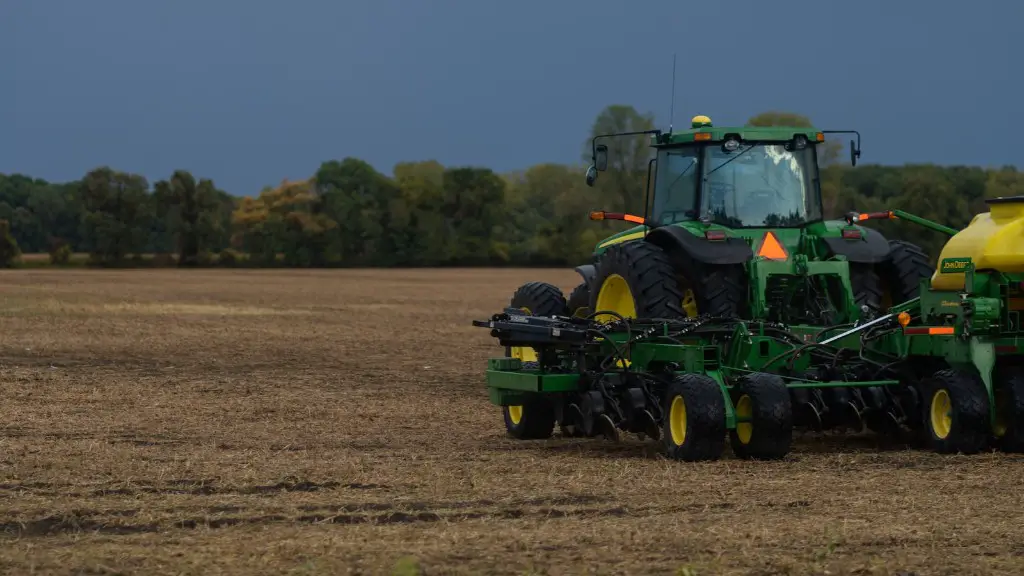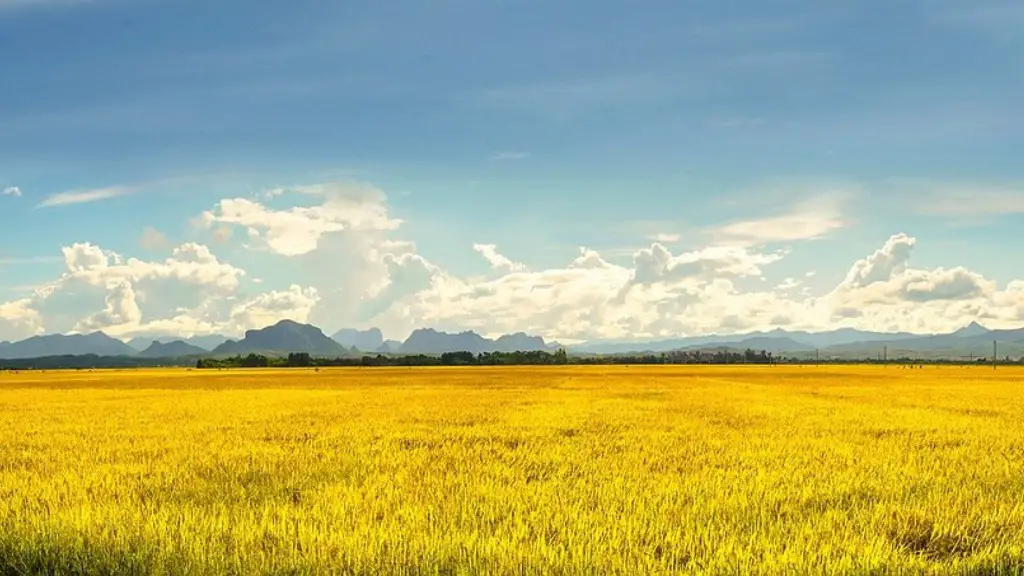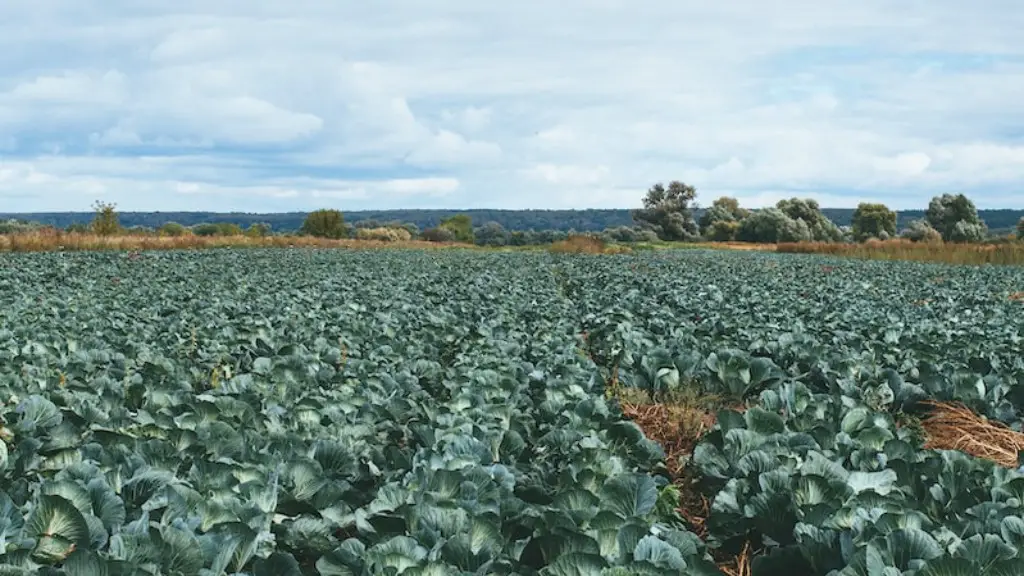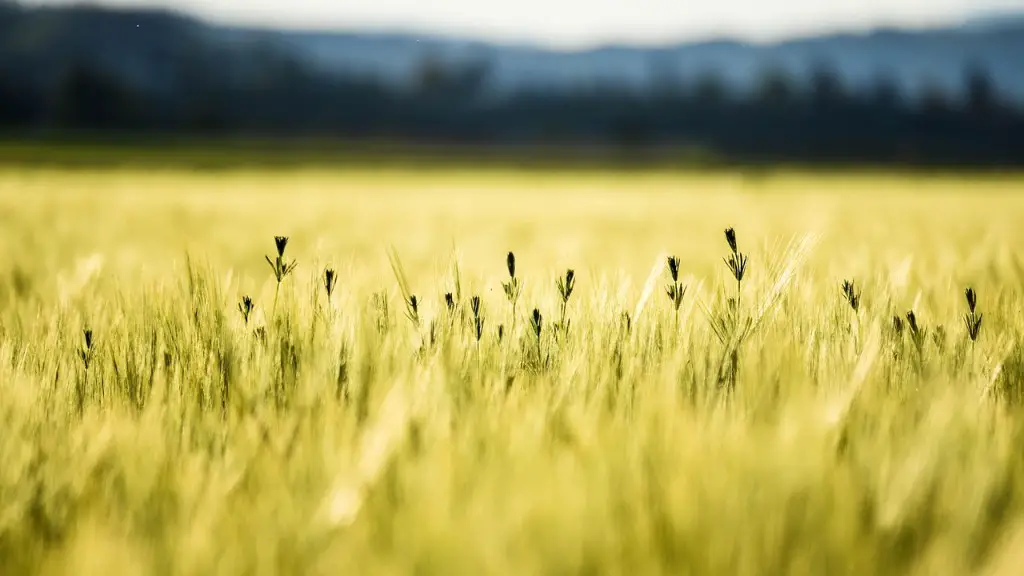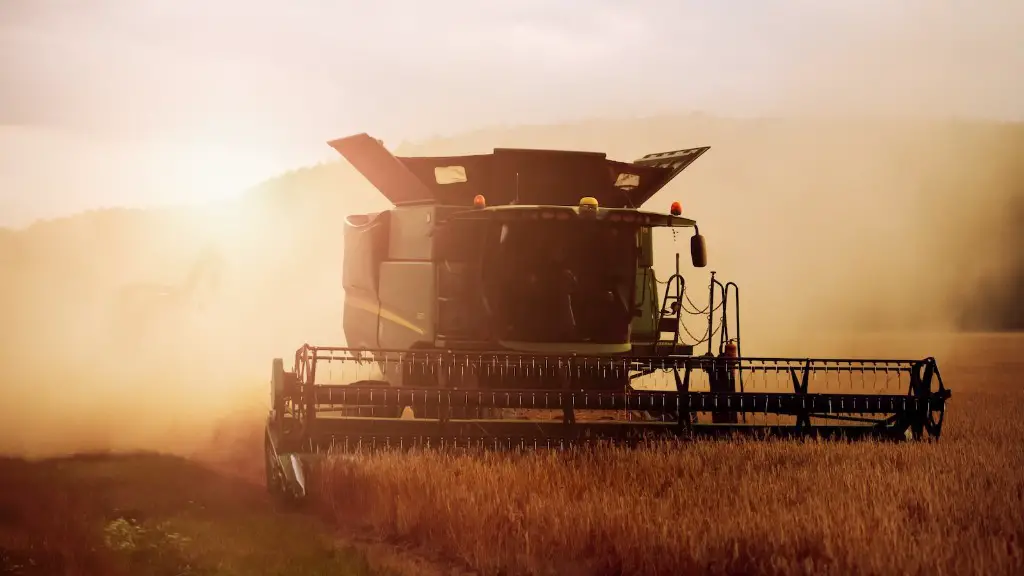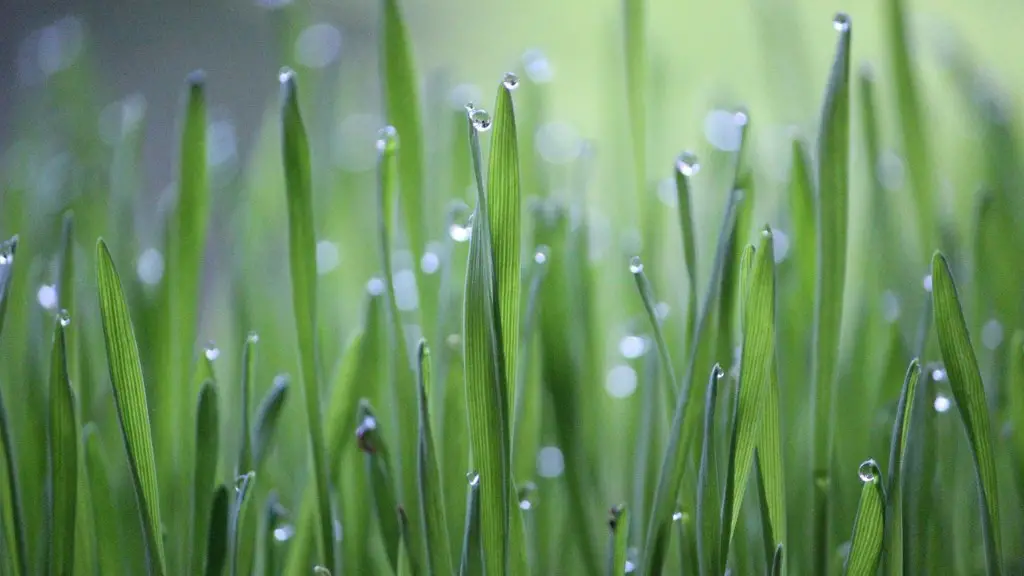Climate change is a global problem that is caused by a variety of human activities, including agriculture. Agriculture accounts for a significant portion of global greenhouse gas emissions, and it can also contribute to climate change by altering local ecosystems and weather patterns. The impact of agriculture on climate change is complex and depends on a number of factors, including the type of crop grown, the farming practices used, and the local climate. With a better understanding of how agriculture affects climate change, farmers and policy-makers can work together to find ways to lessened the impact of agriculture on the environment.
There is a huge potential for agriculture to contribute to mitigating climate change – through management of soil, water, trees and plants, and livestock.
Livestock production contributes about 14.5 percent of human-induced greenhouse gas emissions globally each year, including emissions from land use change, manure management, and enteric fermentation. Increases in efficiency and productivity of livestock systems can help to reduce these emissions.
Soil management also plays an important role – by increasing organic matter in soils, we can help to improve soil health and water-use efficiency, and decrease greenhouse gas emissions.
Trees and plants can help to both sequester carbon and reduce emissions through the process of photosynthesis. Proper management of forests, trees, and other vegetation can help to ensure that they continue to provide these important benefits.
Does agriculture increase climate change?
Agriculture is a significant contributor to anthropogenic global warming, and reducing agricultural emissions—largely methane and nitrous oxide—could play a significant role in climate change mitigation. Agricultural emissions account for approximately 10% of total anthropogenic greenhouse gas emissions globally, and are projected to increase as demand for food, feed, and biofuels grows. Reducing agricultural emissions requires a multi-faceted approach that includes changes in management practices, improved technology, and policy interventions.
Agriculture is one of the leading sources of pollution in many countries. Pesticides, fertilizers, and other toxic farm chemicals can poison fresh water, marine ecosystems, air, and soil. They also can remain in the environment for generations.
Is agriculture worst for climate change
There is now overwhelming evidence that factory farming is a major contributor to climate change. Factory farming involves confining animals in cramped, unnatural conditions and feeding them an unhealthy diet of grains and other food waste. This results in the animals emitting large amounts of methane and carbon dioxide, which are both powerful greenhouse gases.
Factory farming is responsible for a huge proportion of the greenhouse gases that are causing climate change. It is therefore essential that we take action to reduce our reliance on factory-farmed meat and dairy products. We can do this by eating less meat and dairy, and choosing products from more sustainable sources.
Agriculture emits all three greenhouse gases: carbon dioxide (CO2), methane (CH4), and nitrous oxide (N20). These gases differ, though, in their ability to trap heat; tonne for tonne, CH4 is more than 20 times as effective at trapping heat as CO2, and N20 is about 300 times as effective as CO2.
What are three impacts of agriculture?
Agriculture has a huge impact on the environment, both positive and negative. It can cause soil erosion, water pollution, contribute to climate change, and deforestation. While it is necessary for human survival, it is important to be aware of the potential damage it can cause and take steps to minimize that damage.
Agriculture is a significant source of greenhouse gas emissions in the United States. Currently, agriculture accounts for about 11 percent of US emissions, and of that, 36 percent comes from the raising, feeding, and management of livestock.
Livestock production is a major source of agricultural emissions, due to the methane emitted by cows and other animals, as well as the carbon dioxide emitted from the clearing of land for grazing and feed production. There are a number of ways to reduce the emissions associated with livestock production, including improving animal husbandry practices, using more efficient feed production methods, and providing incentives for farmers to adopt low-emissions practices.
In addition to livestock emissions, agriculture also emits significant amounts of nitrous oxide from fertilizer use, and carbon dioxide from the burning of fossil fuels for farming equipment and transportation. Reducing emissions from agriculture will require a multi-pronged approach, including the development of new technologies and practices, as well as changes in government policies and regulations.
How does agricultural activities destroy the environment?
The impact of slash and burn agriculture on the environment is significant. It causes pollution of water bodies due to the toxic pesticides and insecticides used, and also results in soil erosion and loss of forest soil and forest watershed. Additionally, it has ecological effects such as carbon sequestration, surface water regulation and energy cycle.
Farmers face a variety of problems. They must cope with climate change, soil erosion and biodiversity loss. They must also satisfy consumers’ changing tastes and expectations. They must meet rising demand for more food of higher quality. They must also invest in farm productivity and adopt and learn new technologies. Lastly, they must stay resilient against global economic factors.
What is the biggest contributor to climate change
Fossil fuels are the leading cause of global climate change, accounting for over 75% of all greenhouse gas emissions. Burning fossil fuels releases greenhouse gases into the atmosphere, where they trap the sun’s heat and cause the Earth to warm. This gradual warming is already causing devastating consequences around the world, from more extreme weather events to rising sea levels. To avoid even more catastrophic damage, we must urgently transition to clean, renewable energy sources.
Agriculture accounts for a whopping 70% of water use, yet it is also the world’s biggest polluter. How is this possible?
The main reason is that agricultural production is extremely water-intensive. For example, EU farms use 173 million hectares of land for agricultural production, while the US farms use up to 370 million hectares.
This means that a huge amount of water is used in irrigation, as well as in livestock production (such as for drinking and cleaning). The problem is that this water is often contaminated with pesticides, herbicides, and other chemicals used in agriculture.
As a result, these chemicals can end up polluting rivers, lakes, and groundwater. They can also be ingested by animals, and eventually end up in the food chain. This is a serious problem, as it can lead to health problems for both humans and animals.
To make matters worse, agriculture is also a major source of greenhouse gas emissions. This is due to the release of methane (a powerful greenhouse gas) from livestock, as well as the clearing of land for agriculture (which releases carbon dioxide).
So, what can be done to address this problem?
First and foremost, it is important to increase awareness of the
Who is most responsible for climate change?
Though China is responsible for the largest percentage of current emissions, rich industrialized countries are still responsible for more than one third of the global total. By comparison, Africa’s current emissions are less than 4 percent of the global total.
industrialized countries have emitted more greenhouse gases over the years, and so they are still responsible for the majority of the emissions in the atmosphere. However, China’s emissions have been increasing rapidly, and so they are now responsible for the most emissions of any country. African countries have very low emissions in comparison to other parts of the world.
Soil fertility loss, eutrophication of water bodies, deforestation, climate change and pesticide pollution are all environmental effects of agriculture. Soil fertility loss occurs when the nutrients in the soil are depleted by crops, leading to lower yields. Eutrophication of water bodies occurs when fertilizers and other chemicals from agriculture runoff into waterways, causing algal blooms and other water quality problems. Deforestation occurs when trees are cleared to make way for farmland. Climate change is caused by greenhouse gas emissions from agriculture, including methane from livestock and nitrous oxide from fertilizer use. Pesticide pollution occurs when pesticides used in agriculture contaminate the environment, causing harm to wildlife and human health.
What is the negative impact of agriculture
while agriculture is essential for human survival, it also unfortunately contributes to a number of environmental issues that cause degradation and damage to our planet. some of the main agricultural problems include climate change, deforestation, biodiversity loss, dead zones, genetic engineering, irrigation problems, pollutants, soil degradation, and waste. By working to address these issues, we can help mitigate the negative impact of agriculture on the environment and create a more sustainable future.
Animal-raising operations release methane, nitrous oxide, and ammonia into the air, which are the greatest agricultural contributors to air pollution. Tractors and farm vehicles also contribute to air pollution, but to a lesser extent. Cattle, pig, and chicken operations are the main sources of methane, nitrous oxide, and ammonia emissions from agriculture.
Why is agriculture the biggest mistake?
Farming helped bring another curse upon humanity: deep class divisions. Hunter-gatherers have little or no stored food, and no concentrated food sources, like an orchard or a herd of cows: they live off the wild plants and animals they obtain each day. This means that they are constantly on the move, and that their lives are At the other extreme, those who live in settled agricultural communities have food surpluses that they can store and use to trade for other goods. This surplus also allows them to support a non-farming population, like craftspeople and soldiers. The existence of this surplus means that there is a great deal of inequality between those who have access to it and those who do not.
If farmers stop culturing, it will have a significant impact on the availability of food. Wheat, rice, maize, and other crops are the mainstay of many diets around the world, and the loss of these crops would lead to widespread starvation. In addition, animals would also die because they would not have access to the food they need to survive.
What is a current issue with agriculture
The rising cost of input costs is a major concern for farmers and ranchers. The high cost of fuel severely impacted farmers and ranchers, especially as they navigated the fall harvest season. The cost of fertilizer increased by more than 60% from 2021 to 2022. This is a major concern for farmers who are already operating on slim margins. The rising cost of inputs is putting a strain on farmers’ budgets and is threatening the viability of their operations.
Carbon dioxide, methane, and nitrous oxide concentrations are now more abundant in the earth’s atmosphere than any time in the last 800,000 years. These greenhouse gas emissions have increased the greenhouse effect and caused the earth’s surface temperature to rise. The Intergovernmental Panel on Climate Change (IPCC) has concluded that human activities, such as the burning of fossil fuels and deforestation, are the main drivers of climate change. The IPCC projects that the earth’s surface temperature will rise by 1.5°C by the year 2050. The effects of climate change are already being felt around the world, and the poorest and most vulnerable people are the most at risk. Climate change is a global problem that requires global solutions. We all have a role to play in reducing greenhouse gas emissions and mitigating the effects of climate change.
Conclusion
The agricultural sector is a major contributor to greenhouse gas emissions globally, accounting for around 10-12% of total emissions. The impact of agriculture on climate change is largely due to emissions of methane and nitrous oxide, which are both powerful greenhouse gases. Agricultural emissions of methane come from livestock (chiefly cattle, pigs, and sheep) through enteric fermentation, while nitrous oxide emissions come from the application of nitrogen-based fertilizers. Agriculture also plays a role in deforestation, which can release large amounts of greenhouse gases into the atmosphere.
There are a number of ways that agriculture can impact climate change. Agricultural production accounts for a significant amount of greenhouse gas emissions. In addition, land-use change associated with agriculture can also lead to emissions of greenhouse gases. Agriculture can also impact climate change through the way that it changes the land surface. For example, deforestation associated with agriculture can lead to changes in local climate.
